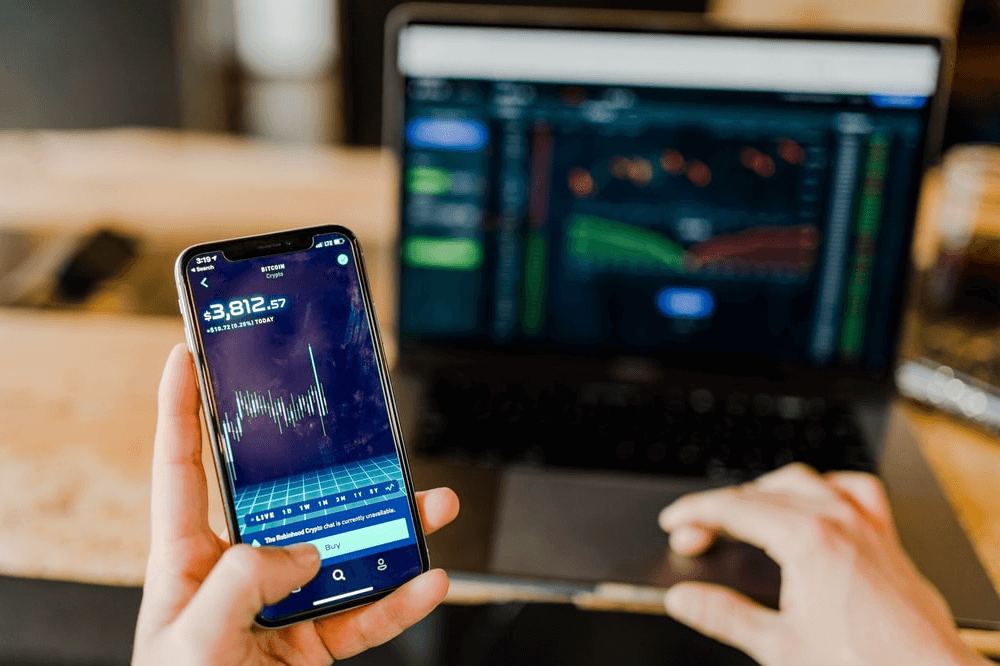Passive income with KNG tokens!

Written by
Kanga
Published on
Investing in tokens can seem risky, if we are not familiar with token economics of the project. Well prepared token project can bring benefits to the creators and buyers alike. What should we pay attention to before investing? Most importantly, token’s value (current and past), what the token represents and what its liquidity is. Basic assumptions of KNG tokens are described here. From this article you will learn what is KNG token used for, as well as how you can earn using it.
Application of KNG token
Few types of tokens are functioning on the market- stock tokens, loan tokens or utility tokens. Tokens can be emitted for a person (personal tokens) or for a subject- a project, a company or even an object (ex. work of art). For instance BNB token (Binance) or KCS token (Kucoin) are utility stock exchange tokens. What is KNG then? It is also an utility stock exchange token and the main way of payment in its ecosystem. Kanga Exchange, advertised by the slogan: More than en exchange, gives us the possibility of exchanging means through stationary exchange offices, selling articles through a payment gateway, service of personal tokenization through Mosaico platform, primary and secondary emission of stock shares as cryptocurrencies, personal tokenization through Sapiency app, and much more. All delivered goods are paid for with KNG tokens.
How does conversion to KNG takes place?
Kanga Exchange has created an automatic converter, which charges the provision fee for given services in the optimal currency. This is how it works: you follow bitcoin prices and believe this is the best moment to buy. You place a purchase order, finalized with a succes. The exchange charges you with provision fee expressed in oPLN, and for the seller- in BTC. This fee is automatically converted at KNG/oPLN and KNG/BTC stock markets . This process looks similar for any other service. For example, while buying cryptocurrency in stationary exchange offices, zlotys are immediately converted to crypto-zlotys and automatically charged with provision fee, which, expressed as a commission, is placed on KNG/oPLN stock market.
Which mechanisms are responsible for KNG liquidity?
There were times when the only thing you had to do, was to offer bitcoins on the free market with a Bitcoin Stock Exchange tag, and add information about new crypto currency from time to time- it was all an exchange business needed to flourish. Creating BTC during an economic crisis was not an accident- it increased cryptocurrencies’ worth for a long time. Today, after two speculative bubble bursts on cryptocurrency market, investors are much more careful and demanding.
That’s why Kanga Exchange not only answers the question of how to buy bitcoin, but also offers many services and investment opportunities. Investing in KNG tokens is one of them. The value of a stock token is based on the law of supply and demand determined by liquidity. We already described the utility and conversion of KNG token, which is the mechanism of automatic demand. That means, that not only individuals buy KNG tokens, but also the exchange itself, automatically converting KNG from three different markets: KNG/oPLN, KNG/BTC and KNG/ETH.
The emitted amount is 21 000 000 KNG. It is an ERC20 token, and more of its parameters can be easily seen at etherscan. Despite the limited amount of KNG tokens, the team has also blocked releasing all tokens at the same time, breaking down this process over a few years. According to the laws of economy, increasing the value of the token is forced by limited supply. That’s not all. Through the mechanism of PoS (Proof of Stake), the system of the market assigns daily prizes to users that stake KNGs. The profit is a proportional part of trading gain, shared between all PoS KNG users, which can be illustrated by the equation below:
PoS profit = charges in KNG * KNG staked on PoS / all KNG in PoS
It’s both an incentive and a reward for investors for limiting the supply, which leads to direct increase in KNG token worth. Now the PoS is around 18% APY. Team insists that all future market services will be paid for in KNGs, which is a good sign for investing in this stock market token. Additional liquidity increasing mechanism is listing the token on decentralised exchange markets such as UniSwap oraz SushiSwap.
Alongside with developing the utility of cryptocurrency networks the network fees are increasing, which seems to be a great impediment for small exchange markets. Kanga Exchange found its solution to this problem as well, adapting Polygon (Matic) network to decrease fees for the users. Additionally, it affects the KNG liquidity and shows that the creators do not stop developing. I imagine that continuous increment of Kanga Exchange services will determine the increase in the purchase of KNG from the stock market. On the other hand, the growing popularity will limit the supply of KNG tokens, because of the desire to realize passive PoS income.
Roman Majewski on behalf of the Kanga Exchange